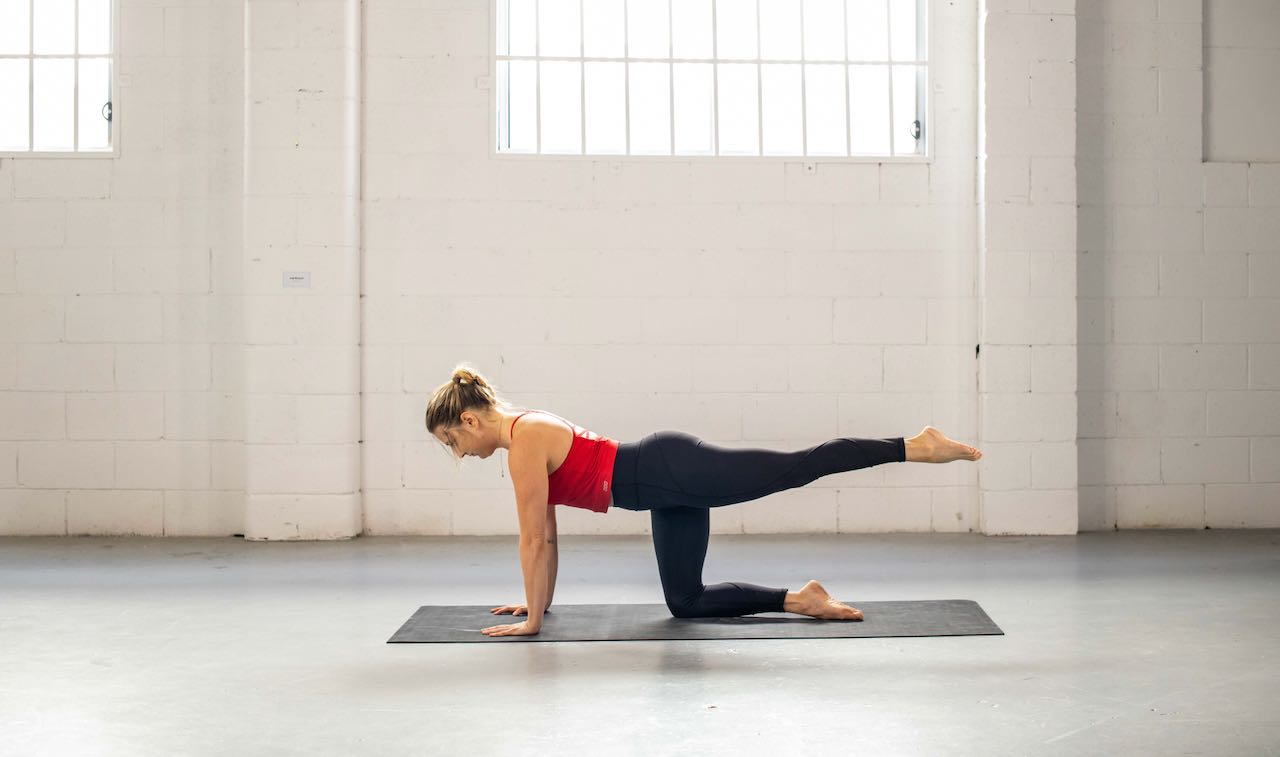Can Pilates help arthritis? As a form of exercise, Pilates has shown to offer fantastic relief for people with arthritis. Many people that suffer from arthritis experience hip and knee pain, issues with joint mobility, and the need for joint replacement (usually the weight-bearing joints), in extreme cases.
Arthritis can really lessen one’s quality of life, finding ways to improve the condition can make day to day life much easier and pain-free. Apart from being able to provide muscle strength and improve posture, Pilates can also reduce arthritis symptoms and joint pain.
What is Arthritis
Arthritis is inflammation of a joint. Joints are where two bones meet. The human body (that’s you!) has 143 different joints.
You might be thinking, what the? That is a lot! Well, some joints don’t really seem like joints because they have limited movement. Then you think of fingers, elbows, knees, wrists and ankles. These joints all have a wide range of motion. These highly mobile joints are the most likely to experience arthritis.
The 2 main types of arthritis are osteoarthritis and rheumatoid arthritis (RA). But many other conditions fall into the arthritis category, including gout, ankylosing spondylitis, juvenile arthritis, lupus, scleroderma, and fibromyalgia.
Getting Started with Pilates for Arthritis
Generally speaking, movement is essential when dealing with arthritis. Exercise strengthens muscles and bones, lubricates the joints, builds cartilage and improves your overall wellbeing.
However, when you have arthritis, it is recommended you seek advice from your Doctor or other healthcare providers. These experts will know the best way forward for your specific condition and will ensure your safety.
The goal for your Pilates practice is for it to lead to reduced pain and not make your symptoms worse. Once you have received clearance from your doctor, the best possible route is to find a qualified Pilates instructor, most likely a Clinical Pilates instructor, in your area and book in for an initial consultation.
A qualified Pilates instructor will be able to approach your condition and design an individualised workout for your body, your needs, and your limitations due to arthritis. Then once you have the confidence you can take your practice home with online workouts.
At the beginning of your journey, it is essential to start slow and have patience with yourself while you learn. It is always better and much safer to go slower in your progress, to avoid injury or aggravation of your arthritis.

Tips For Practicing Pilates for Arthritis
It’s important to practice Pilates with safety in mind, and it is possible, even if you are dealing with symptoms of arthritis.
Make modifications when they are needed
If arthritis is giving you trouble, you will probably find that you need to modify some of the exercises. We love modifications, they’re all about tuning into your body, what you need and offering the best exercise for you.
For example, if you experience arthritis in your knees, you might consider having a towel nearby to have something soft and comfortable to kneel on. You also might swap the kneeling position to a standing one, this is just as effective.
This is why we include Tutorials and Modification videos inside our MerryBody Yoga and Pilates App. Even if you don’t have any health conditions modifications are often required.
Never Skip Warm-Up
Pilates is considered a serious exercise and movement, and you need to prepare your body for that activity. Therefore, before your Pilates class, make sure to do some mild physical activity to prepare your movement as well as minimize pain during class. Most likely your instructor will take you through a warm up, if not, you can check out a warm up sequence over here.
Another great option is to take a nice hot bath just before a class. This is a great method to warm up your joints and prepare your body for movement.
Listen to your body
Never push through pain or discomfort during your Pilates class. Some mild discomfort can be expected initially, especially if you have not been active for a while.
If the discomfort does not go away as the class progresses or starts feeling worse, stop the exercise and consult with your doctor or Pilates instructor. Pushing through the pain will only make it worse.
Take it slow and steady, and add a mindset of self-compassion and self-kindness to help you through any frustration you may feel.
Always merrymaking,
Emma + Carla
Ps. here’s a video of our Mum who practices Pilates almost every day!
Pps. If you’re ready to try out a class, sign up HERE and we will send you a class straight to your inbox!

